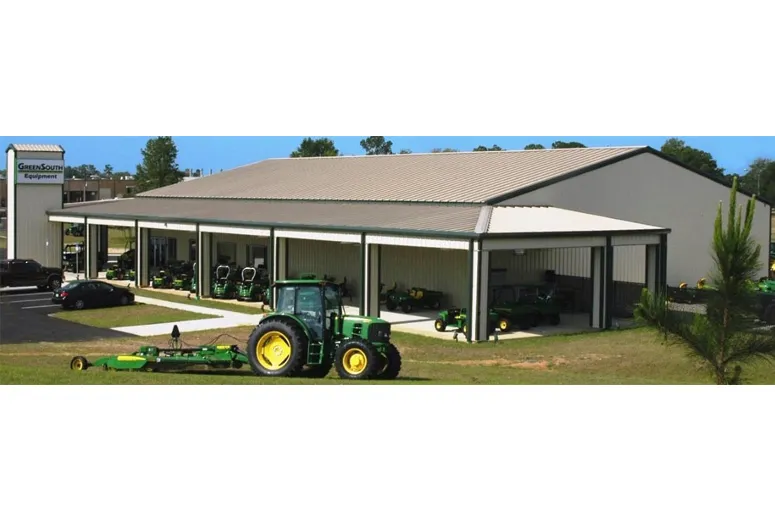- Afrikaans
- Albanian
- Amharic
- Arabic
- Armenian
- Azerbaijani
- Basque
- Belarusian
- Bengali
- Bosnian
- Bulgarian
- Catalan
- Cebuano
- Corsican
- Croatian
- Czech
- Danish
- Dutch
- English
- Esperanto
- Estonian
- Finnish
- French
- Frisian
- Galician
- Georgian
- German
- Greek
- Gujarati
- Haitian Creole
- hausa
- hawaiian
- Hebrew
- Hindi
- Miao
- Hungarian
- Icelandic
- igbo
- Indonesian
- irish
- Italian
- Japanese
- Javanese
- Kannada
- kazakh
- Khmer
- Rwandese
- Korean
- Kurdish
- Kyrgyz
- Lao
- Latin
- Latvian
- Lithuanian
- Luxembourgish
- Macedonian
- Malgashi
- Malay
- Malayalam
- Maltese
- Maori
- Marathi
- Mongolian
- Myanmar
- Nepali
- Norwegian
- Norwegian
- Occitan
- Pashto
- Persian
- Polish
- Portuguese
- Punjabi
- Romanian
- Russian
- Samoan
- Scottish Gaelic
- Serbian
- Sesotho
- Shona
- Sindhi
- Sinhala
- Slovak
- Slovenian
- Somali
- Spanish
- Sundanese
- Swahili
- Swedish
- Tagalog
- Tajik
- Tamil
- Tatar
- Telugu
- Thai
- Turkish
- Turkmen
- Ukrainian
- Urdu
- Uighur
- Uzbek
- Vietnamese
- Welsh
- Bantu
- Yiddish
- Yoruba
- Zulu
Oct . 09, 2024 23:25 Back to list
Design of Steel Trusses for Roofing
Steel trusses play a crucial role in modern construction, particularly in roofing systems. These structural framework elements are designed to support the roof's weight and distribute loads efficiently, ensuring the stability and longevity of buildings. The design of steel trusses involves a combination of engineering principles, material selection, and aesthetic considerations. This article will explore the key aspects of steel truss design, including types, materials, calculations, and benefits.
Types of Steel Trusses
Steel trusses can be classified into several types based on their geometric configuration and application. The most common types include
1. Pratt Truss This design features vertical members and diagonal members that slope toward the center. It is efficient for handling vertical loads and is commonly used in bridges and buildings.
2. Warren Truss Recognized by its equilateral triangle shapes, the Warren truss distributes loads evenly and is effective in supporting large spans, making it suitable for schools and sports facilities.
3. Howe Truss This design includes diagonal members that slope towards the ends, primarily used in bridge construction. Its structure helps in effectively managing tension and compression forces.
Materials Selection
The performance and durability of steel trusses depend significantly on the materials used. Mild steel is commonly used due to its excellent ductility and strength properties. Additionally, high-strength steel alloys are gaining popularity, especially in designs where load-bearing capabilities need to be maximized.
design of steel trusses for roofing

Corrosion resistance is also a critical factor in material selection. Steel trusses are often galvanized or coated with protective finishes to prevent rust and degradation, especially in environments exposed to moisture. Ensuring the longevity of steel trusses is essential to minimize maintenance costs and enhance structural integrity.
Structural Calculations
The design process for steel trusses involves complex structural calculations to ensure that they can withstand anticipated loads. These loads include dead loads (the weight of the structure itself), live loads (the weight of occupants and furniture), wind loads, and snow loads, among others.
Engineers utilize various design codes and standards, such as those established by the American Institute of Steel Construction (AISC) or Eurocode for European projects, to conduct these calculations. Finite element analysis (FEA) software is often employed to simulate the behavior of trusses under different loading conditions, allowing for optimization in design before fabrication begins.
Benefits of Steel Trusses
The use of steel trusses in roofing offers numerous advantages. One of the primary benefits is their ability to span long distances without intermediate supports, leading to open and flexible floor plans. This feature is particularly valuable in commercial and industrial buildings where wide-open spaces are required.
Steel trusses are also known for their strength-to-weight ratio. Despite their lightweight nature, they can bear substantial loads, making them an economical choice in construction. Additionally, the speed of construction is significantly enhanced with steel trusses, as they are prefabricated off-site and can be quickly assembled on location.
Another notable advantage is the sustainability of steel as a building material. Steel is recyclable, and its use contributes to green building practices. Many modern constructions aim for LEED (Leadership in Energy and Environmental Design) certification, and steel trusses can contribute to various points in that certification process.
Conclusion
The design of steel trusses for roofing is a multifaceted process that requires careful consideration of various factors, including types, materials, load calculations, and benefits. As the demand for efficient, sustainable, and aesthetically pleasing architectural solutions continues to grow, steel trusses provide a reliable and effective choice for roofing structures. Their versatility, coupled with advancements in materials and design technology, positions steel trusses as a foundational element in contemporary construction, paving the way for future innovations in structural design.
-
How Do Prefabricated Steel Structures Transform Modern Construction?
NewsJul.14,2025
-
How Do Prefabricated Metal Buildings Redefine Modern Construction?
NewsJul.14,2025
-
How Do Prefab Insulated Metal Buildings and Steel Structures Revolutionize Modern Construction?
NewsJul.14,2025
-
How Do Pre - Engineered Steel Structures Redefine Modern Construction?
NewsJul.14,2025
-
Advancing Modular Construction with Prefabricated Metal Structures
NewsJul.14,2025
-
Advancing Industrial Infrastructure with Prefabricated Steel Solutions
NewsJul.14,2025
Products categories
Our Latest News
We have a professional design team and an excellent production and construction team.












